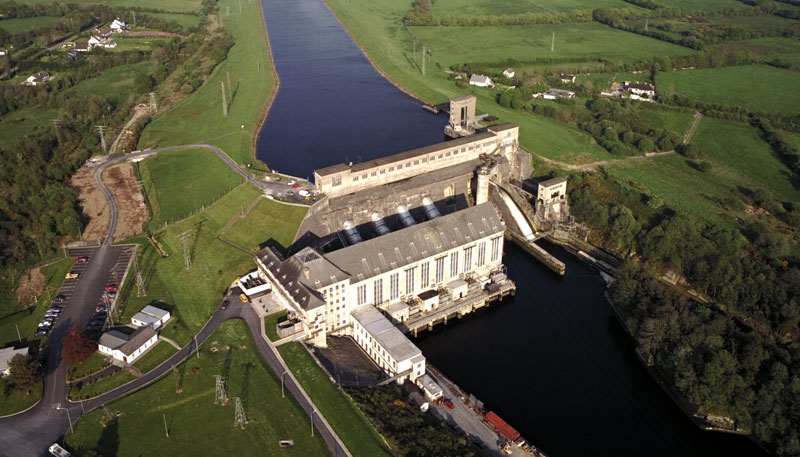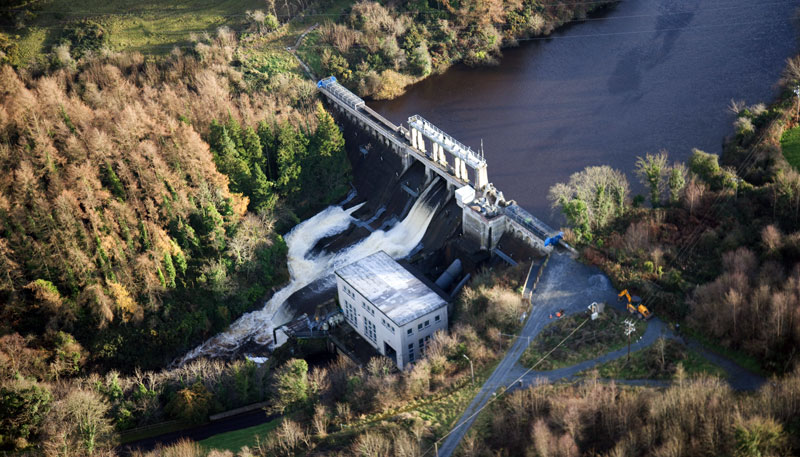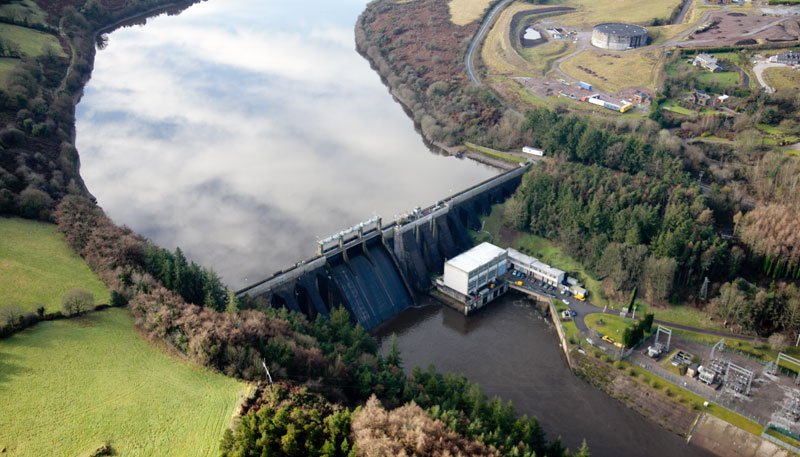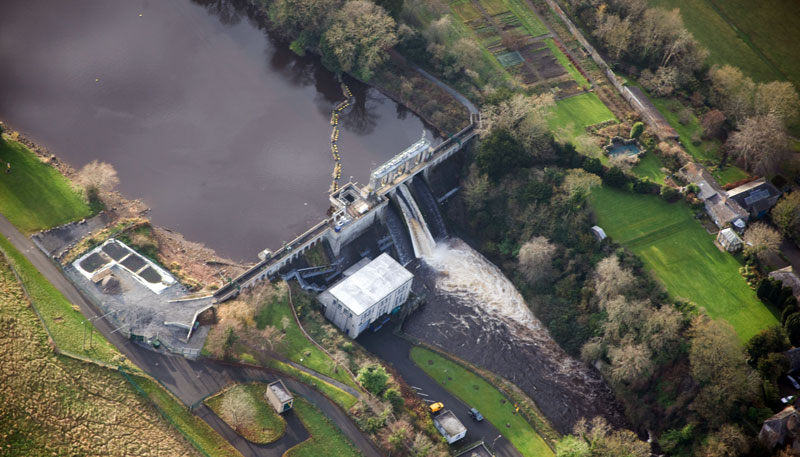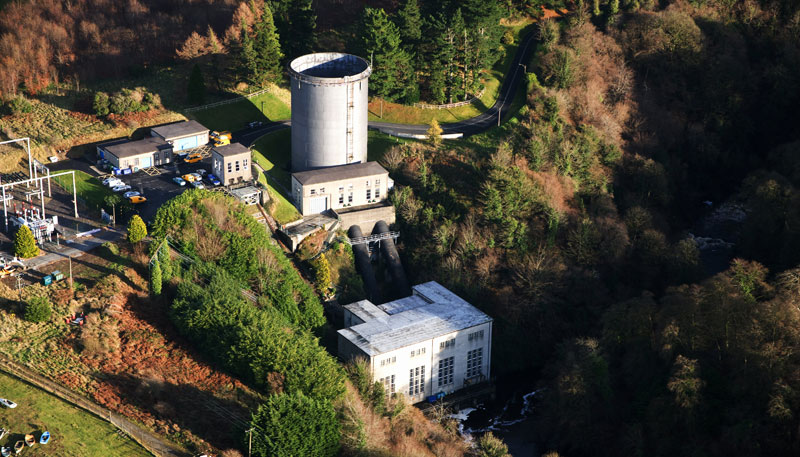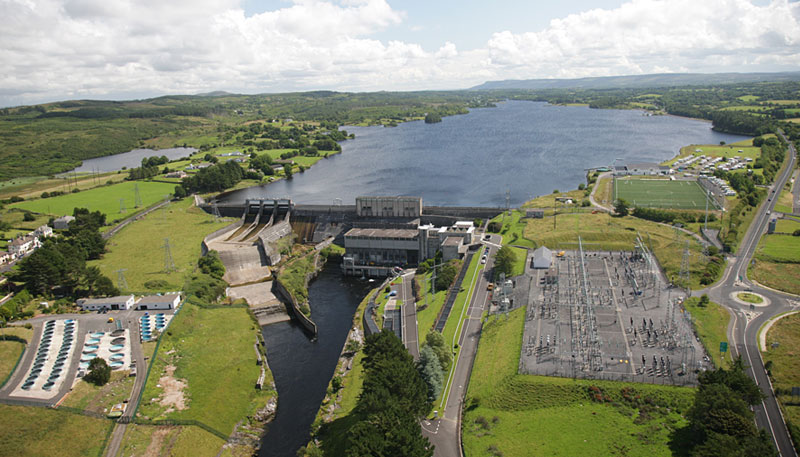At night-time the demand for electricity is greatly reduced. During these hours there is a lower off peak demand and the water is pumped from Loch Nahanagan back up to the reservoir. This is done when there is ample spare and cheaper capacity. During this pumping stage the station consumes more electricity than it actually generates during a full discharge. The rate of work required to pump the water increases as the level of water in the reservoir rises so the final push to fill the reservoir consumes a large amount of electricity.
As long as there is some water kept in the reservoir it is possible for Turlough Hill to supply electrical power to the National Grid where a black start is required. This can happen because there is no requirement to draw any electrical pulse from the National Grid to allow the water to flow from the Upper Reservoir to the Turbines. From there, the larger thermal stations could draw down some of that electricity to get the system up and running again and helping to keep the lights on nationwide.


